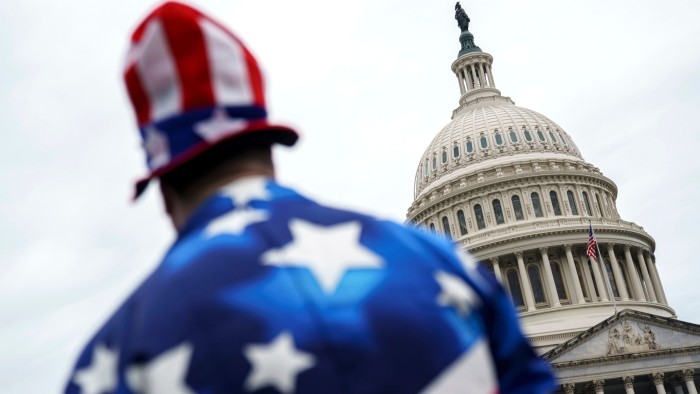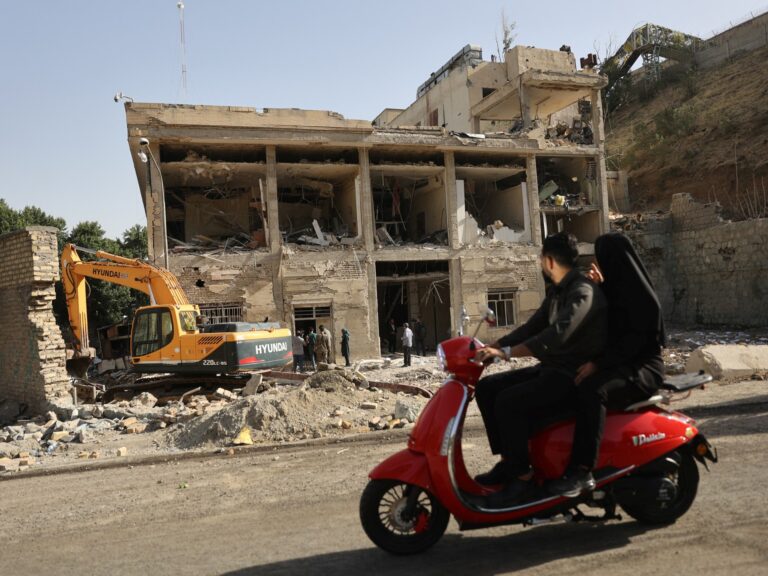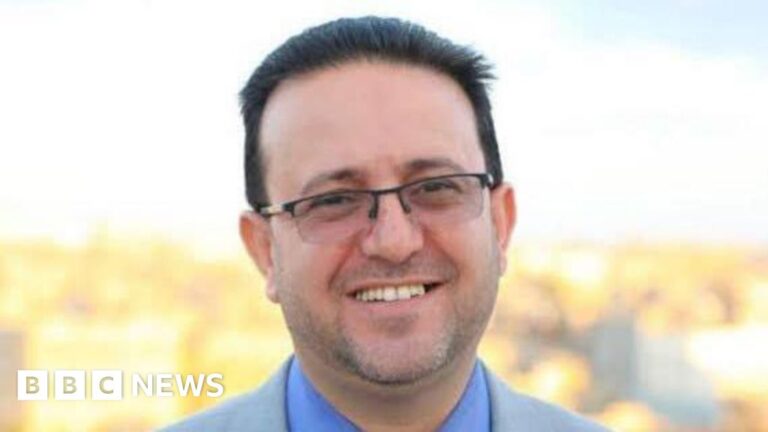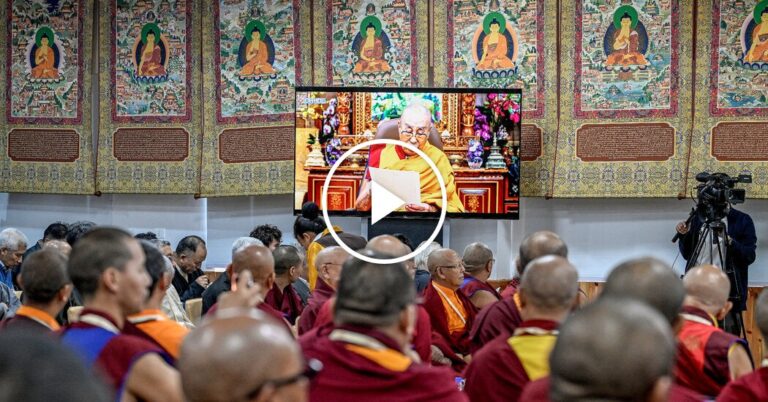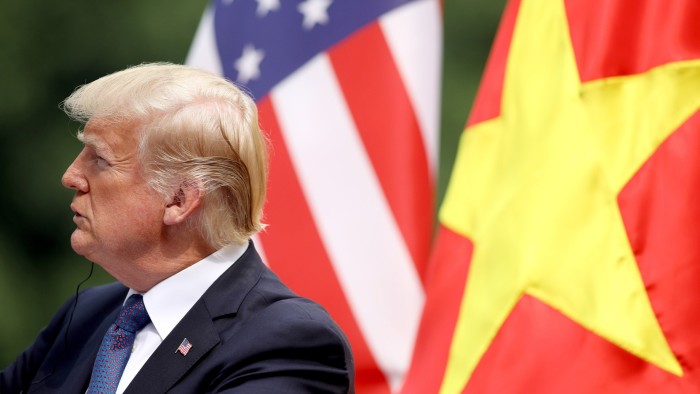Unlock the White House Watch newsletter for free
Your guide to what Trump’s second term means for Washington, business and the world
Donald Trump struggled to crush a late rebellion in the House of Representatives from Republican critics of his flagship tax and spending bill, as the US president made a final push to get it passed by July 4.
On Thursday, the president lashed out on Truth Social at the Republican holdouts, as a procedural vote to advance the bill to a final vote in the lower chamber of Congress was on track to fail.
“Largest Tax Cuts in History and a Booming Economy vs. Biggest Tax Increase in History, and a Failed Economy. What are the Republicans waiting for??? What are you trying to prove??? MAGA IS NOT HAPPY, AND IT’S COSTING YOU VOTES!!!,” Trump said.
With a narrow majority in the House, Republicans can only afford to lose three votes on the bill.
On Wednesday, Trump met privately at the White House with Republican dissidents to prevent them from torpedoing his “big beautiful bill”.
Since then five Republicans opposed advancing the bill, enough to stop it from moving forward, in a key procedural vote. The final tally has been kept open as Trump, House Speaker Mike Johnson and other party leaders hope to flip the votes from those Republicans.
Several conservative and centrist Republican lawmakers have raised concerns about the legislation that was approved by the Senate this week.
Some are unhappy that the bill — which implements a big chunk of Trump’s domestic agenda — does not go far enough to rein in the US debt, or roll back clean energy subsidies. Others are worried about cuts to healthcare programmes.
Still, it is unclear how long the rebellion will last, since many conservative hardliners have a history of buckling to the will of the White House and congressional leaders.
One group of conservatives including Tennessee’s Tim Burchett emerged from the White House upbeat following a “very productive” two-hour meeting with Trump and his vice-president JD Vance on Wednesday.
“The president was wonderful, as always,” Burchett said in a video posted to his social media accounts. “We will hopefully get this worked out and do some great things for this country.”
The “big, beautiful bill” extends vast tax cuts from Trump’s first administration, paid for in part by steep cuts to Medicaid, the public health insurance scheme for low-income and disabled Americans, and other social welfare programmes.
The bill would also roll back Joe Biden-era tax credits for clean energy, while scaling up investment in the military and border protection.
A version of the sweeping legislation was narrowly passed in the Senate after three Republicans sided with Democrats against the bill, forcing Vance to cast a tiebreaking vote.
That sent the legislation back to the House, which must approve the bill before Trump signs it into law. An earlier version of the legislation passed the House by a single vote in May.
“The Senate bill moved way far away from the House bill,” Andy Harris, a Maryland Republican who chairs the influential House Freedom Caucus, told CNBC. “We should take the time to get this right.”
Fiscally conservative lawmakers, including many Freedom Caucus members, object to the cost of the legislation, which the non-partisan Congressional Budget Office says will add $3.4tn to the deficit over the next decade. The group has circulated a three-page memo detailing what it described as “failures” of the Senate bill.
More moderate members have argued that the cuts to Medicaid, which would strip an estimated 12mn people of their health insurance, are too steep.
The White House has dismissed the CBO’s projections and argued that the bill would more than pay for itself in the long term by generating stronger economic growth.


